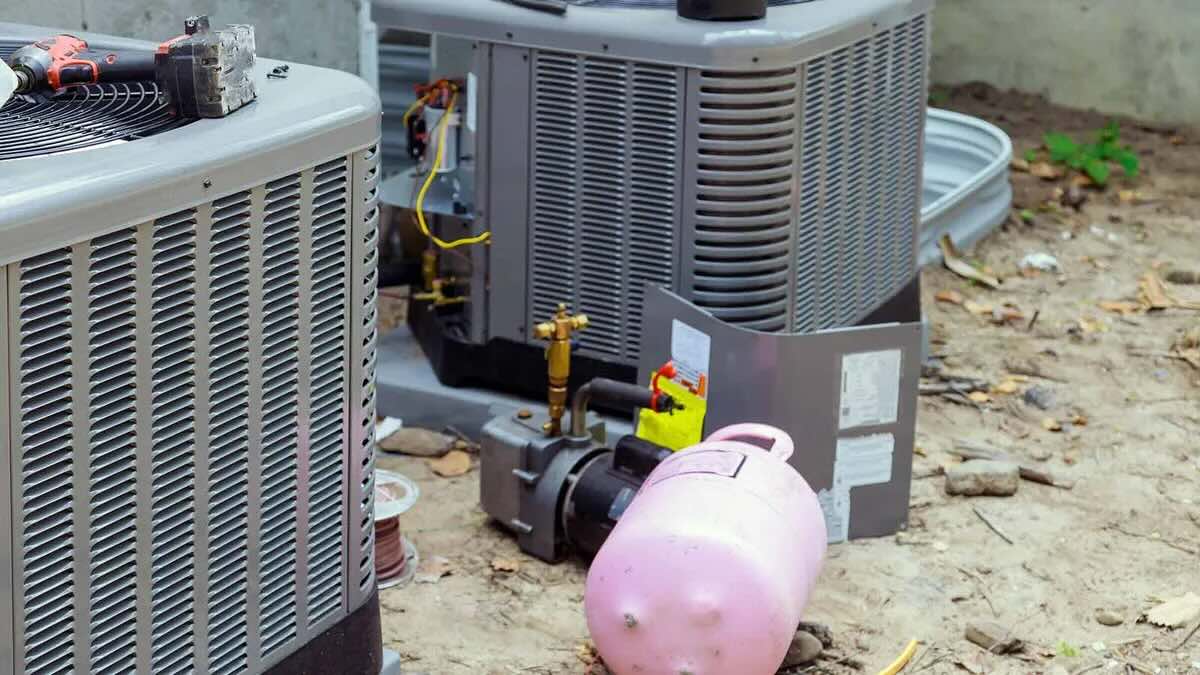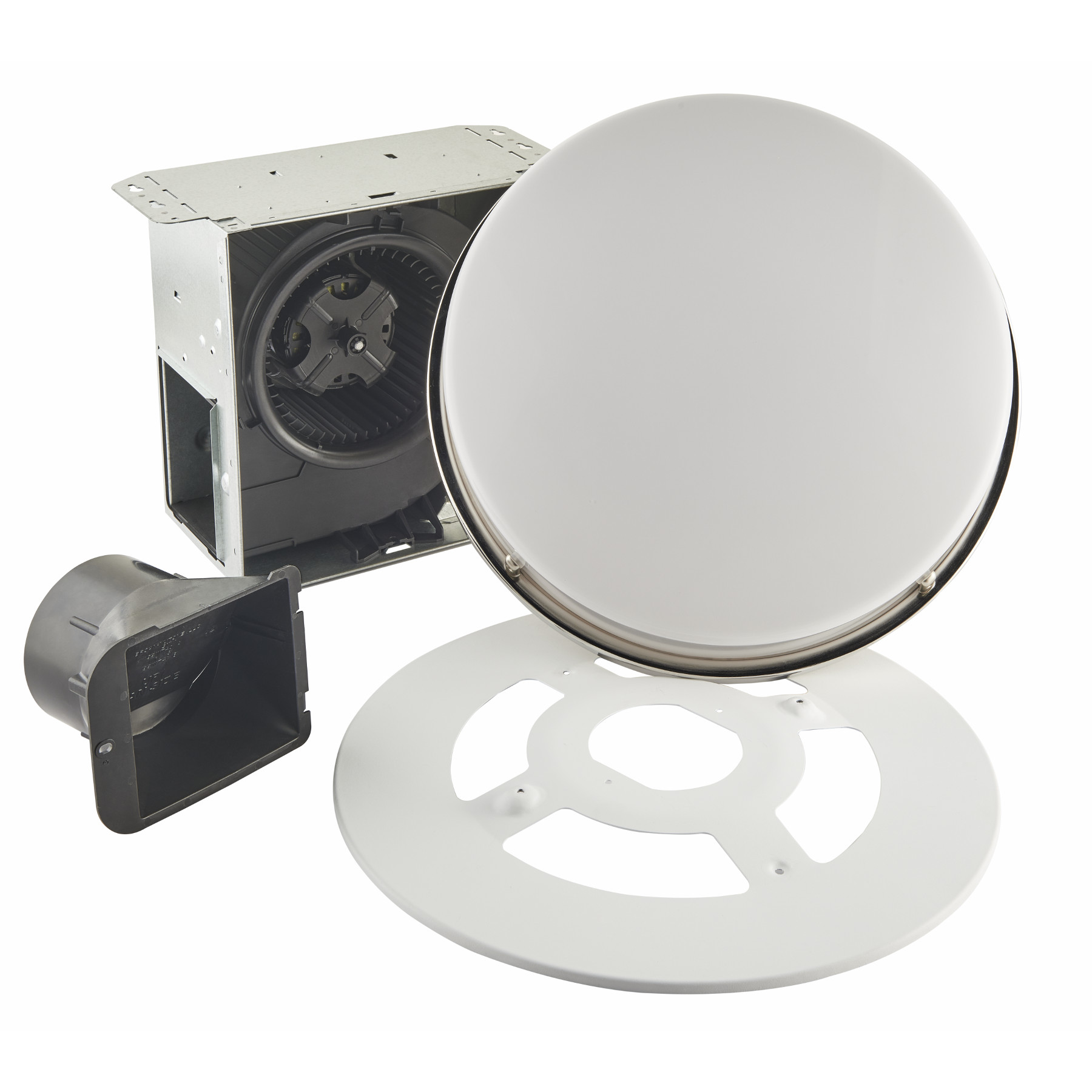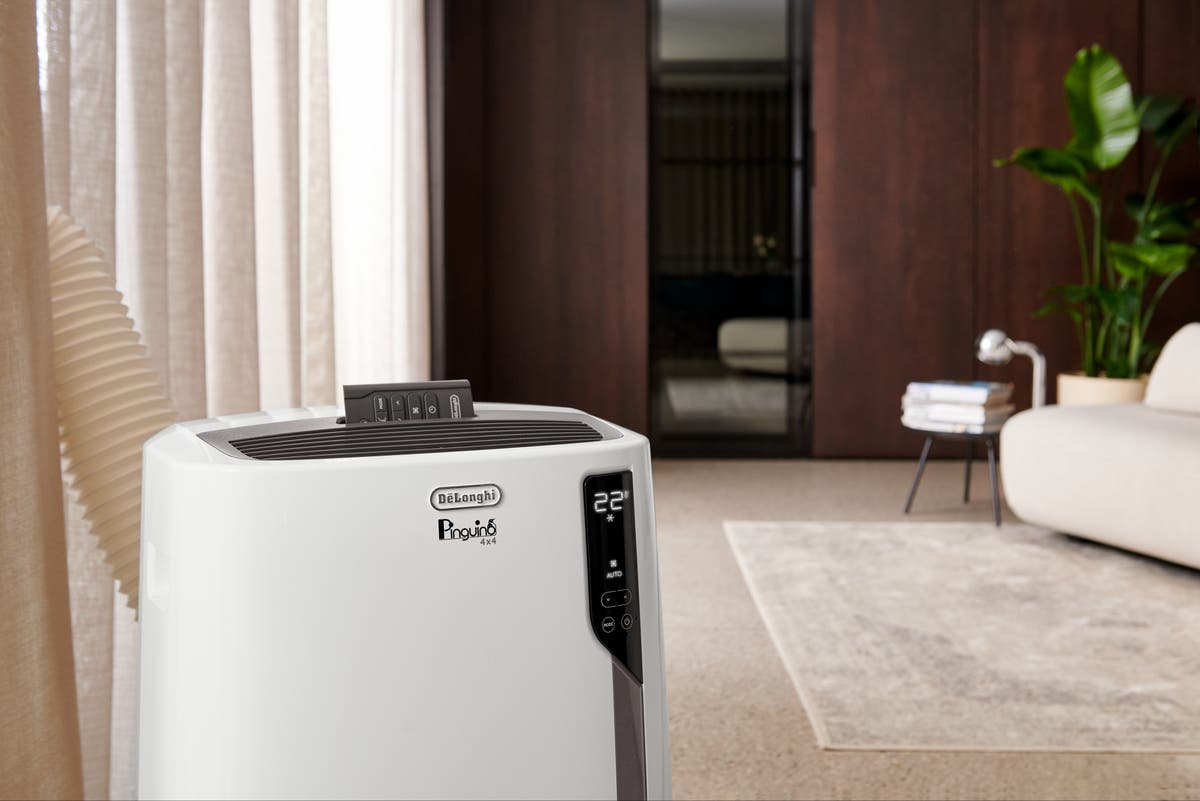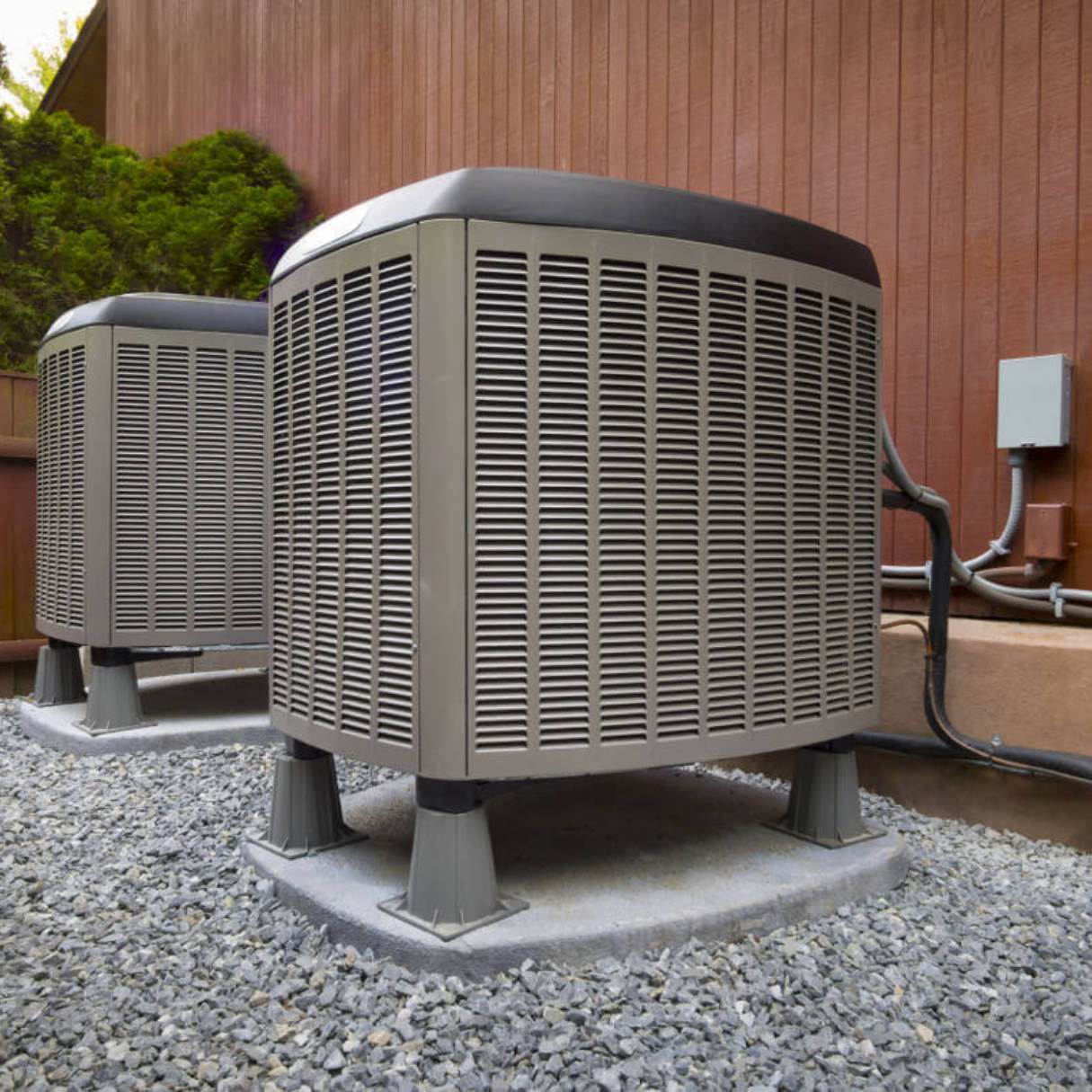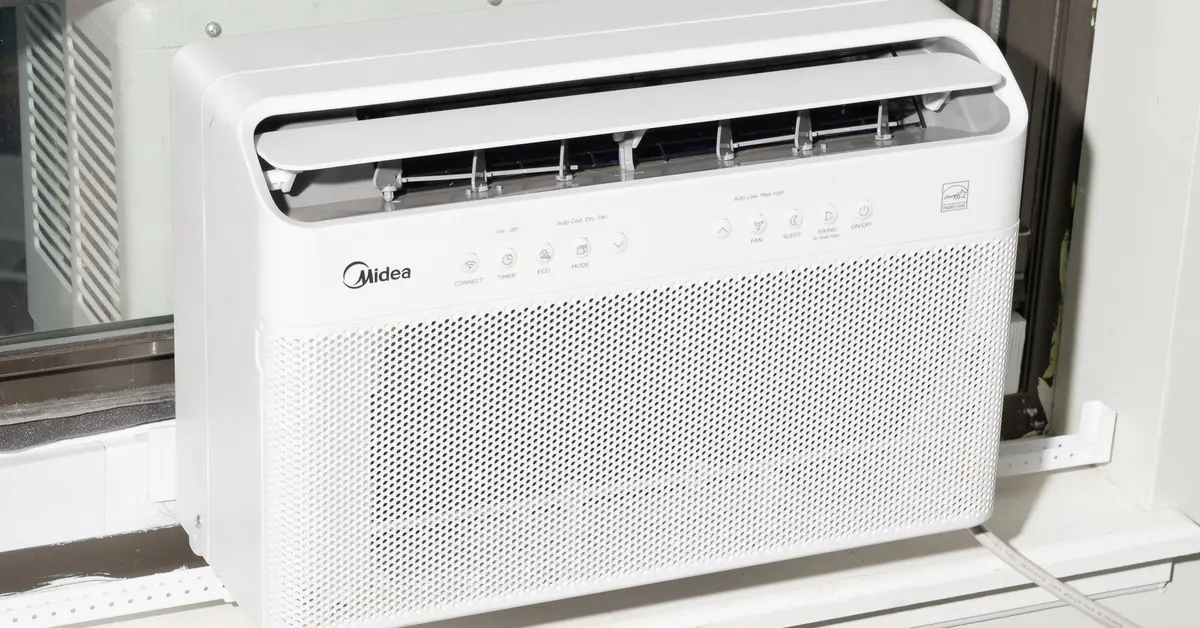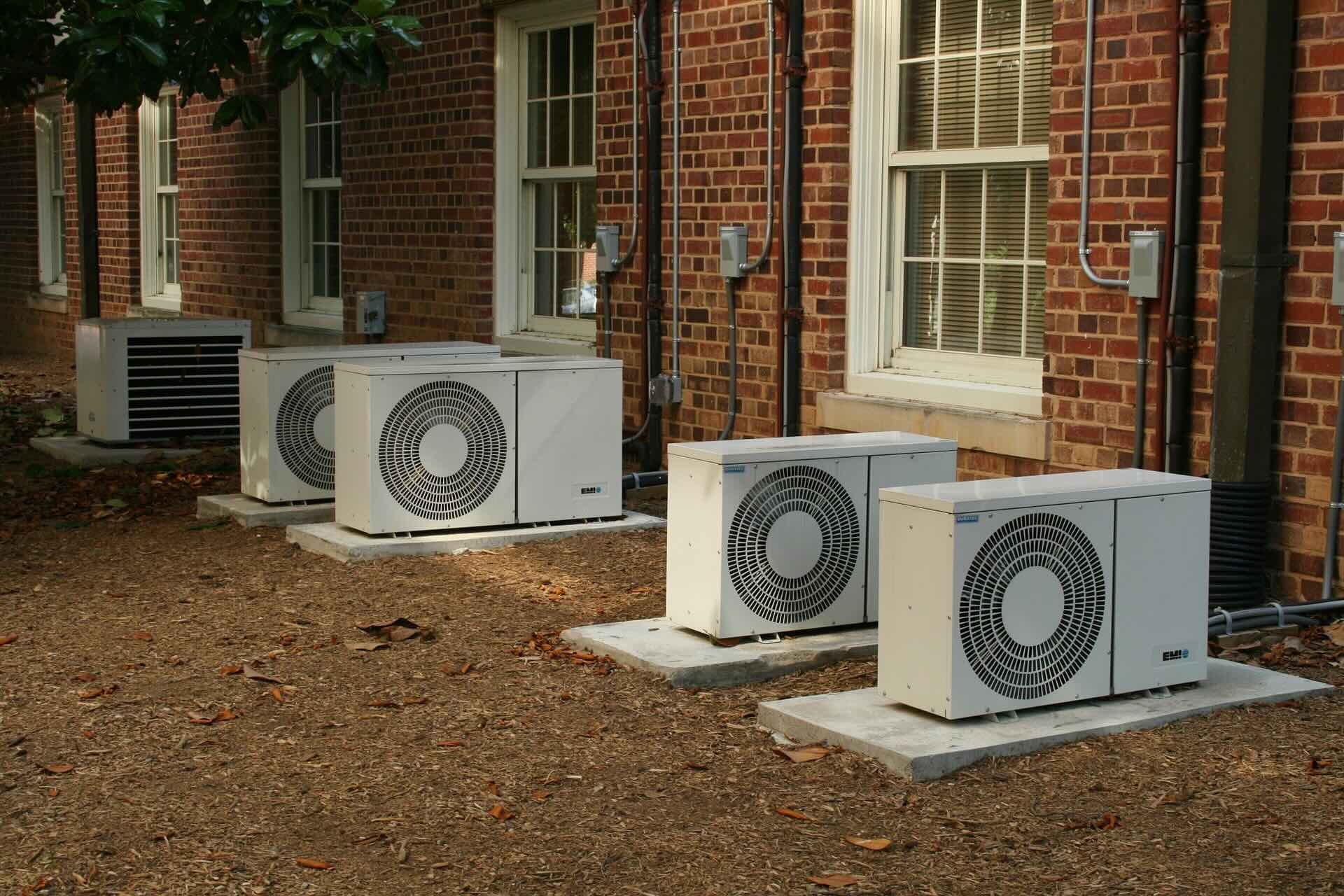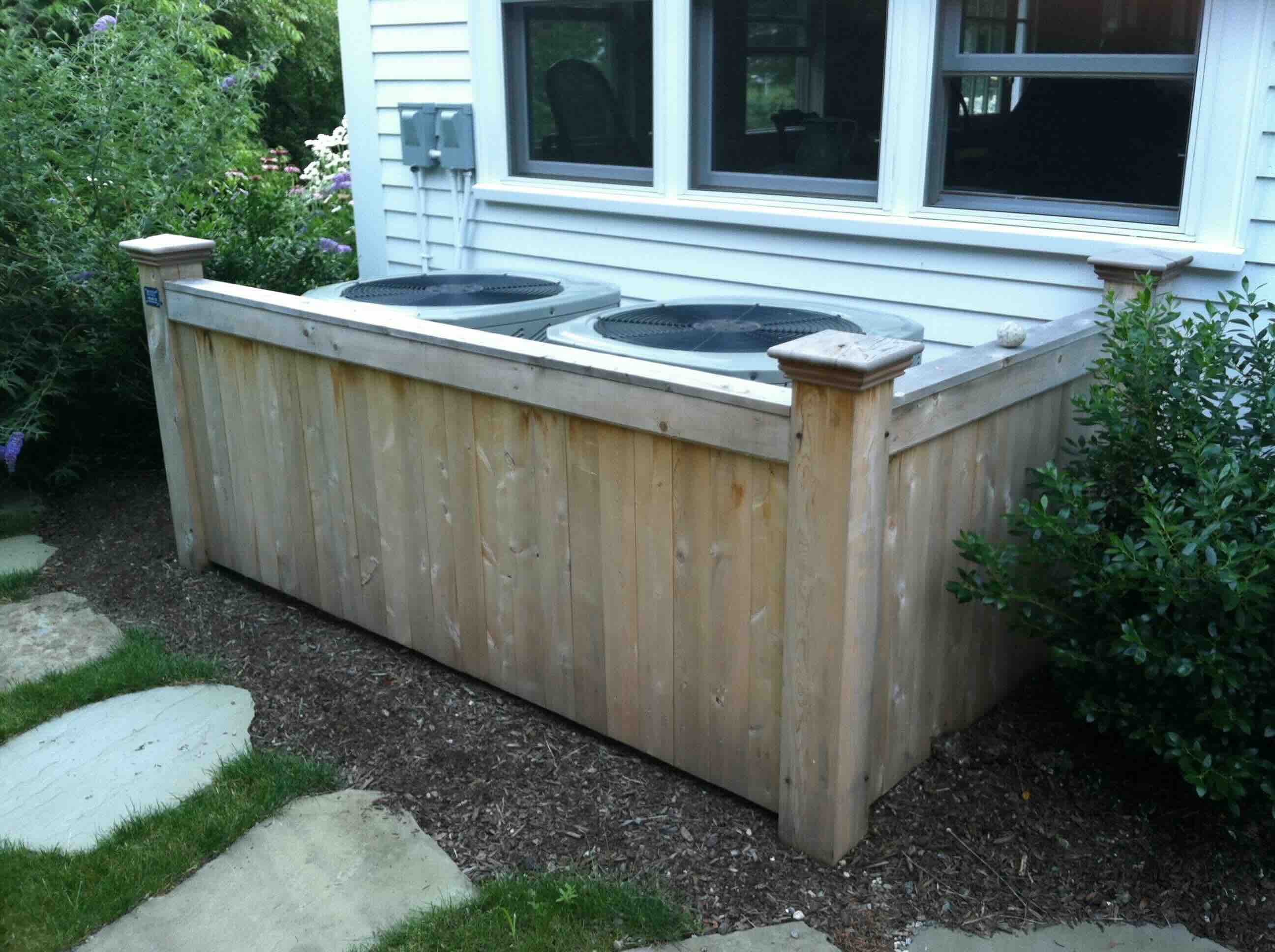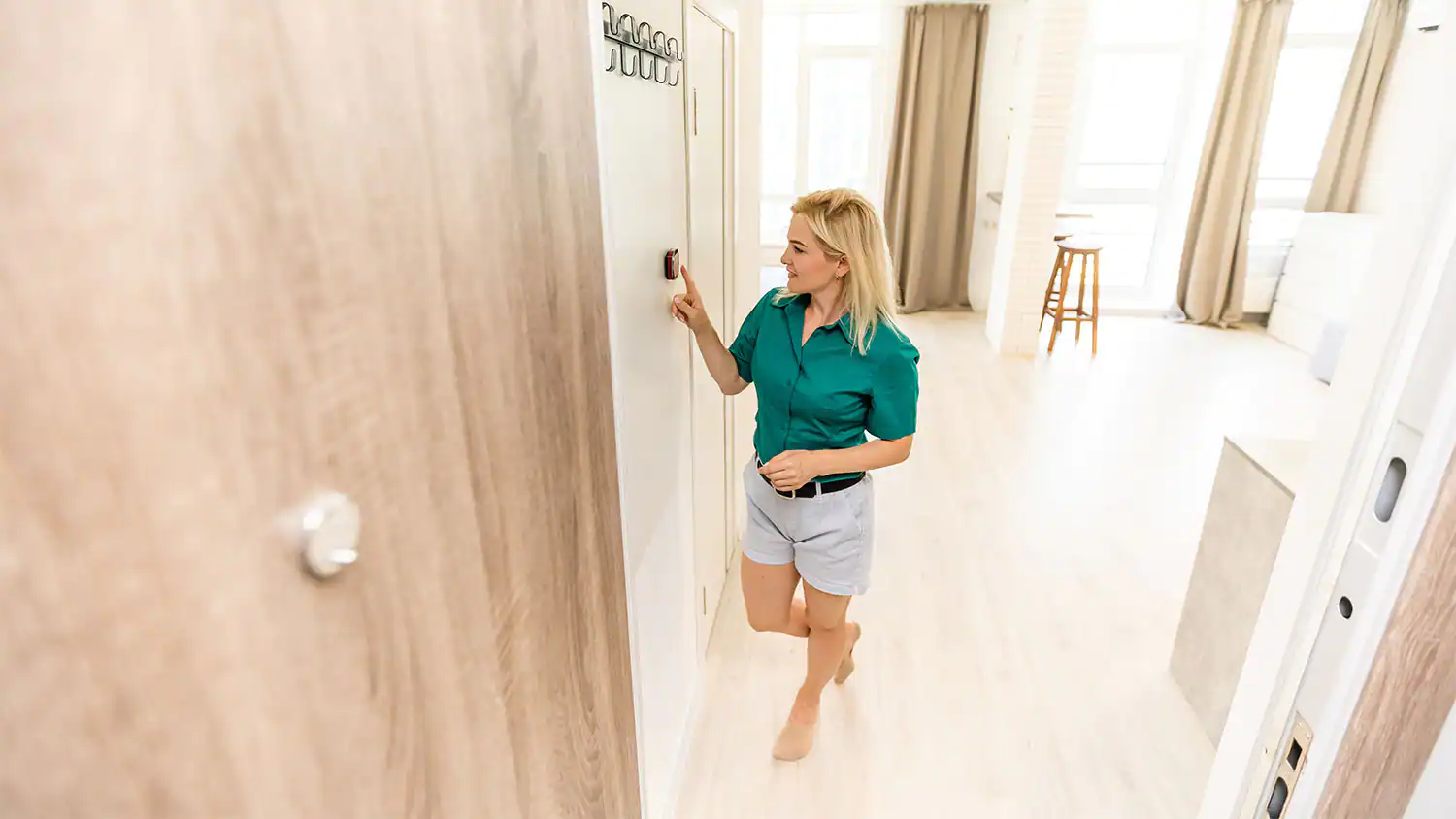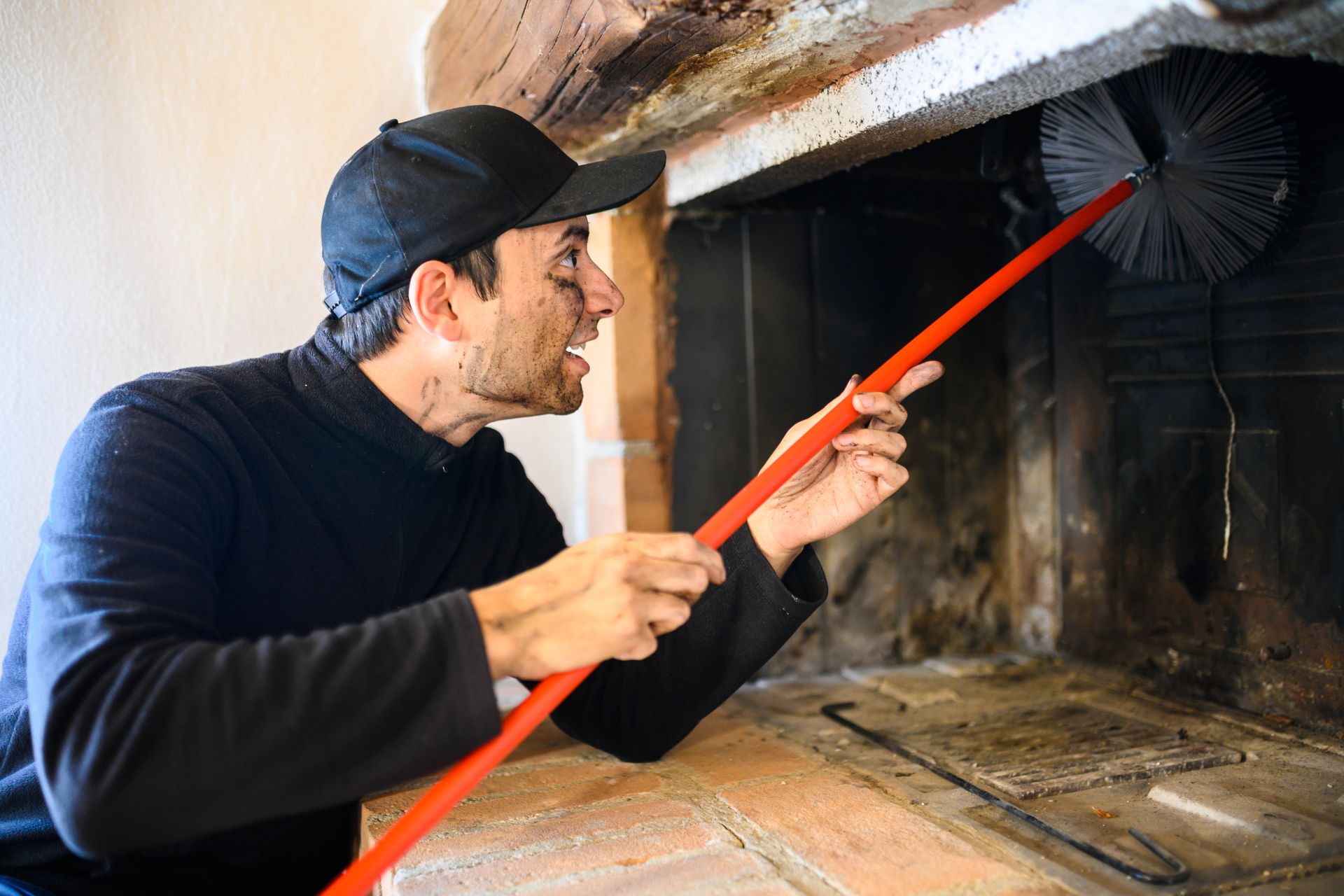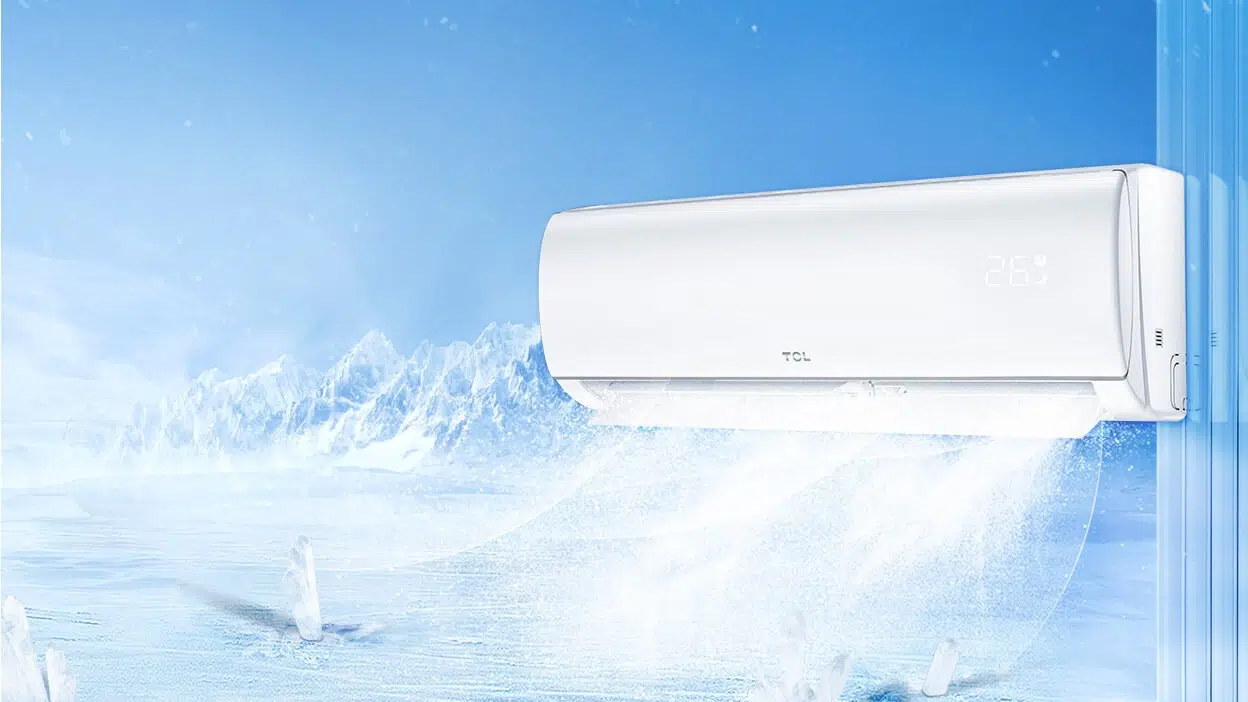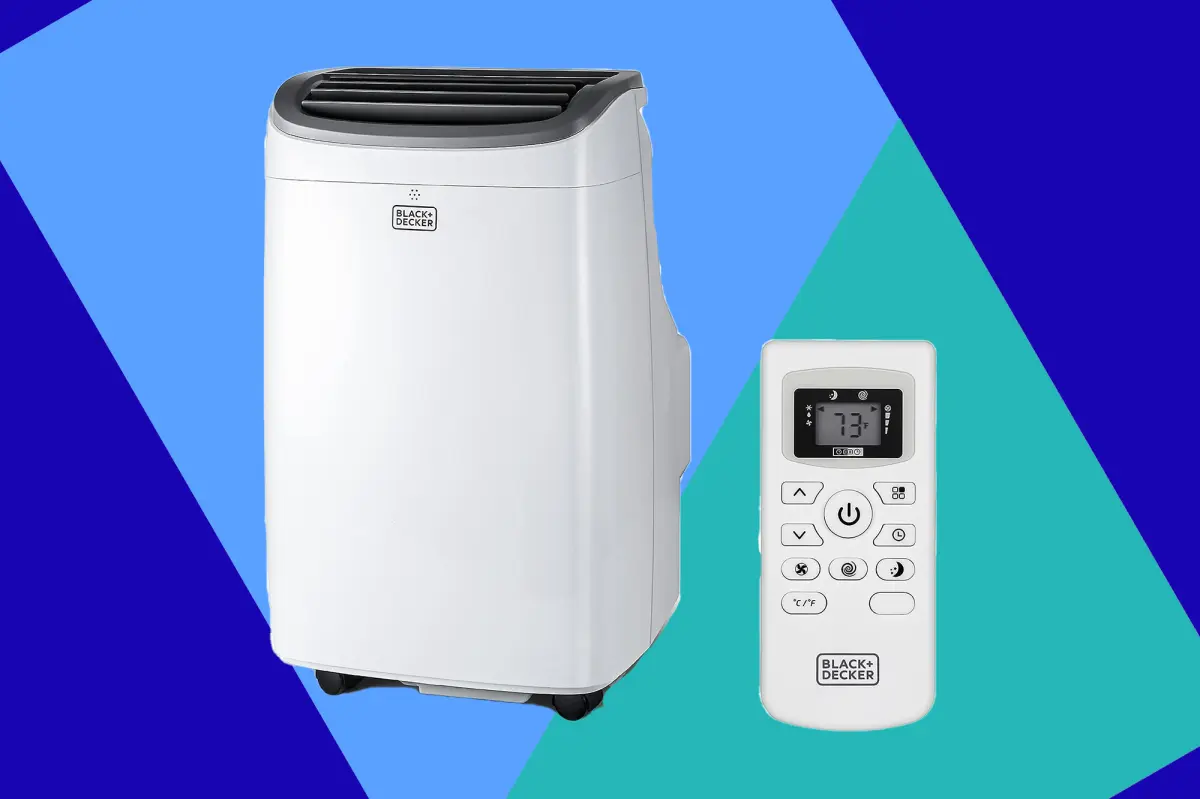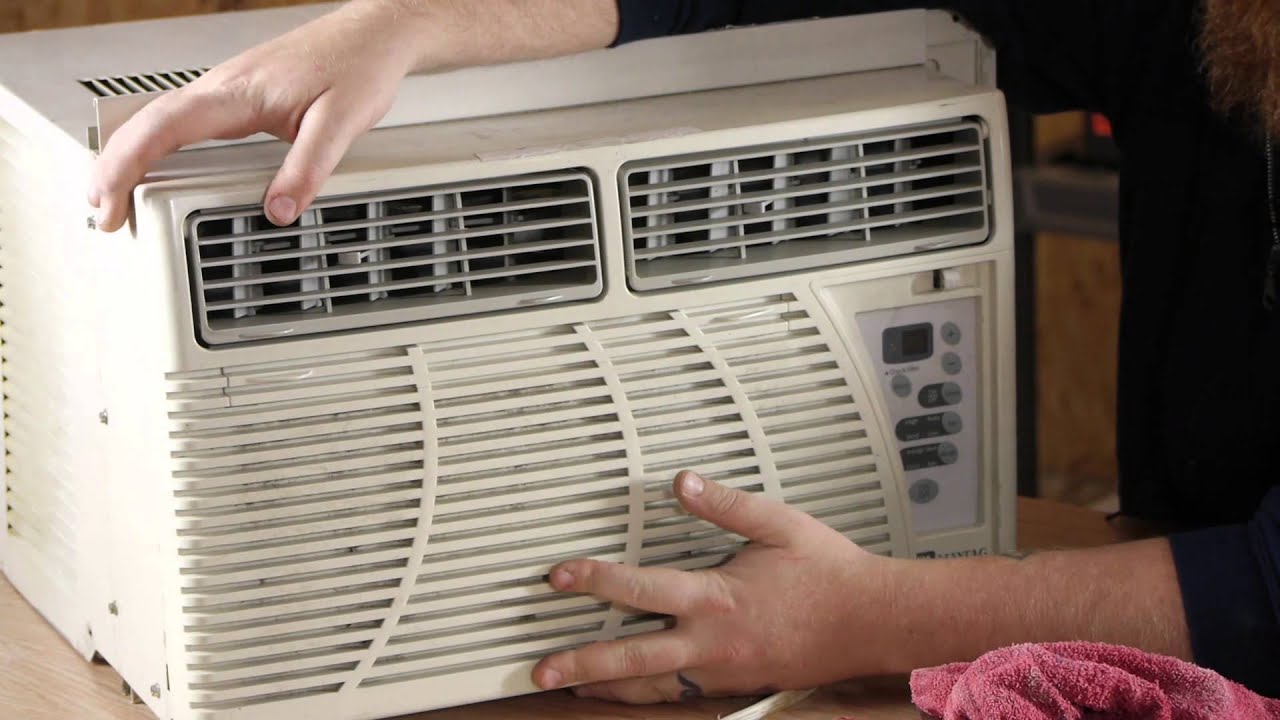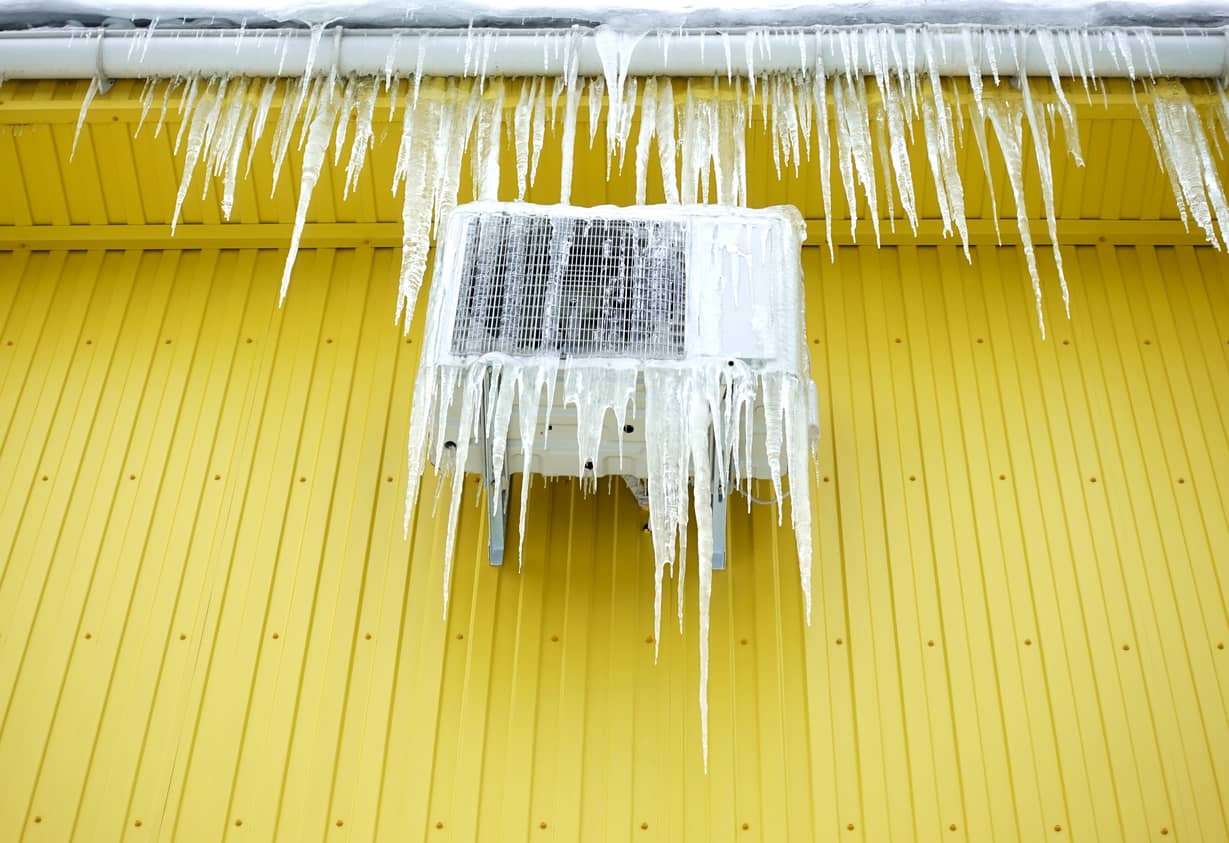Home>Home Maintenance>How Cold Is The Air From An Air Conditioner
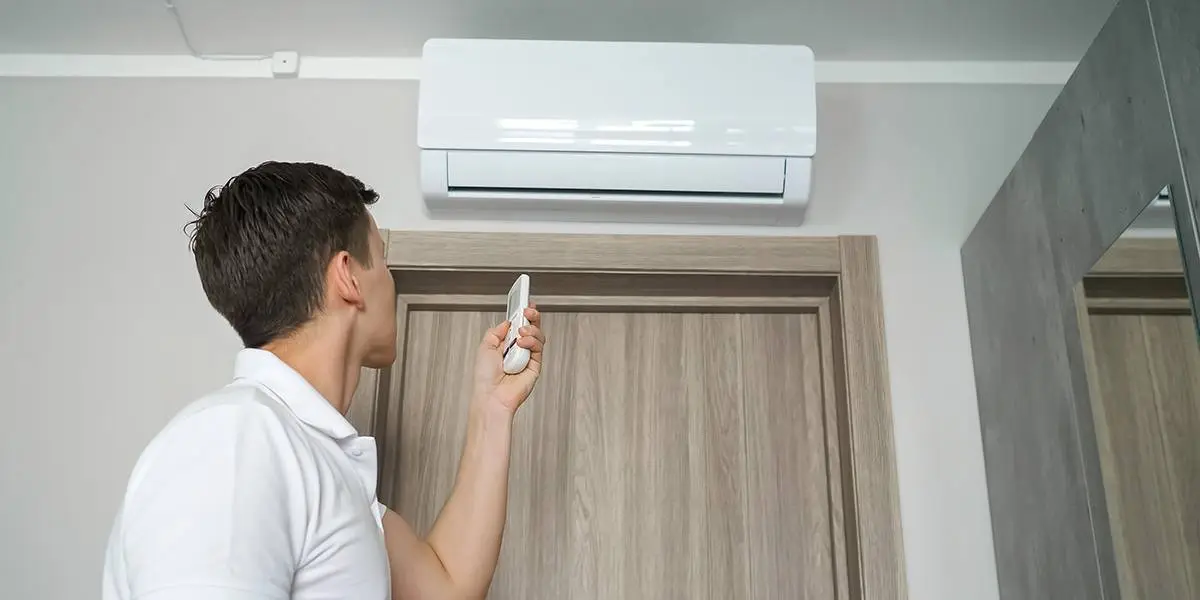

Home Maintenance
How Cold Is The Air From An Air Conditioner
Modified: March 7, 2024
Discover how cold the air from an air conditioner can get and learn important tips on home maintenance for optimal cooling efficiency.
(Many of the links in this article redirect to a specific reviewed product. Your purchase of these products through affiliate links helps to generate commission for Storables.com, at no extra cost. Learn more)
Introduction
Welcome to the world of air conditioners! As the scorching heat of summer arrives, air conditioners become our best friends, providing us with cool and refreshing air. But have you ever wondered how cold the air from an air conditioner actually is? In this article, we will delve into the fascinating world of air conditioning and explore the factors that determine the temperature of the air it produces.
Air conditioners are a modern marvel, allowing us to escape the unbearable heat and create a comfortable living environment. They work by extracting heat from the indoor air and transferring it outside, while simultaneously cooling the air through a process called refrigeration.
When it comes to air temperature, there are several factors that come into play. The refrigeration process, the size and capacity of the unit, and the ambient temperature all contribute to the final output. Let’s take a closer look at these factors and how they affect the coldness of the air conditioner air.
Key Takeaways:
- Cold air from air conditioners is not actually produced, but rather heat is extracted from indoor air, resulting in a cooling sensation. Factors like unit size, ambient temperature, and maintenance affect the air’s coldness.
- Optimizing air conditioner cooling involves proper sizing, regular maintenance, airflow management, smart thermostat programming, insulation and sealing, and utilizing natural cooling techniques. These tips can improve cooling efficiency and reduce energy consumption.
Understanding Air Conditioners
Before delving into how cold the air from an air conditioner can get, it’s important to have a basic understanding of how air conditioners work. Air conditioners consist of various components, including a compressor, condenser, evaporator, and refrigerant.
The process begins with the compressor, which pressurizes the refrigerant, a substance that can change from a gas to a liquid and back again at low temperatures. The pressurized refrigerant then flows to the condenser, where it releases heat to the outside environment. As the refrigerant cools down, it transforms into a liquid.
The liquid refrigerant then moves to the evaporator, located inside the indoor unit. Here, the pressure is reduced, causing the refrigerant to evaporate and absorb heat from the indoor air. This absorption of heat creates a cooling effect, and the newly cooled air is then circulated back into the room.
It’s important to note that air conditioners don’t actually produce cold air. Instead, they extract heat from the indoor air, which results in the air feeling cooler. Understanding this concept is crucial in comprehending the temperature of the air coming from an air conditioner.
The cooling capacity of an air conditioner is measured in British Thermal Units (BTUs) per hour. The higher the BTU rating, the greater the cooling capacity of the unit. The cooling capacity of an air conditioner plays a significant role in how cold the air can get, as a higher BTU rating allows for faster and more effective cooling.
Now that we have a basic understanding of how air conditioners work, let’s explore the factors that affect the temperature of the air they produce.
Factors Affecting Air Temperature
There are several factors that can affect the temperature of the air produced by an air conditioner. Understanding these factors can help you optimize the cooling efficiency and ensure maximum comfort in your home.
1. Size and Capacity: The size and capacity of the air conditioner play a significant role in determining the coldness of the air it produces. An undersized unit may struggle to cool the space effectively, resulting in higher temperatures of the air. On the other hand, an oversized unit may cool the space too quickly, but not remove enough humidity from the air, leading to a damp and uncomfortable environment. It is important to choose an air conditioner with the appropriate size and capacity for your specific cooling needs.
2. Ambient Temperature: The ambient temperature, or the temperature of the surrounding environment, can impact the cooling efficiency of an air conditioner. Air conditioners work by transferring heat from indoors to outdoors. If the outdoor temperature is extremely high, it can make it more challenging for the air conditioner to extract heat effectively, which can result in the air feeling less cold.
3. Insulation and Sealing: The insulation and sealing of your home play a crucial role in maintaining the coolness of the air produced by the air conditioner. Proper insulation helps to prevent heat transfer from outside to inside, while sealing ensures that cool air remains inside the living space. Poor insulation or leaks in doors, windows, or ductwork can allow warm air to seep in, reducing the effectiveness of the cooling system and resulting in warmer air being circulated.
4. Maintenance and Cleanliness: Regular maintenance and cleanliness of the air conditioner are essential for optimal cooling performance. A dirty or clogged air filter can restrict airflow and reduce cooling efficiency, resulting in higher air temperatures. Additionally, dust and debris on the condenser coils can hinder heat transfer, leading to less effective cooling. It is important to keep the air conditioner clean and schedule routine maintenance to ensure maximum cooling capacity.
By taking these factors into consideration and addressing any issues that may arise, you can ensure that your air conditioner produces cold air and maintains a comfortable indoor temperature.
Measuring the Coldness of Air Conditioner Air
Now that we have a better understanding of the factors that affect the temperature of air conditioner air, you may wonder how the coldness of the air is actually measured. While there isn’t a specific unit of measurement for coldness, there are a few ways to gauge the cooling effectiveness of an air conditioner.
One common method is to use a thermometer. You can place a thermometer in the airflow of the air conditioner to measure the temperature of the air. The thermometer will give you a reading in degrees Celsius or Fahrenheit, indicating how cool the air is at that specific location.
Another way to determine the coldness of the air is by checking the temperature difference between the air conditioner’s input and output. Start by measuring the temperature of the air entering the air conditioner (usually by placing the thermometer in the return air vent). Then, measure the temperature of the air exiting the air conditioner (typically by placing the thermometer in the supply air vent). The difference between these two readings will give you an idea of how much the air has been cooled by the air conditioner. A larger temperature difference indicates a more effective cooling process.
However, it’s important to note that the temperature readings can vary depending on factors such as the room size, insulation, and ambient temperature. These readings are useful for monitoring the effectiveness of your air conditioner but may not reflect the actual coldness of the air experienced by individuals in the room.
Additionally, it’s worth mentioning that the perception of coldness can also differ based on personal preference. Some individuals may find a slightly higher air temperature to be comfortable, while others may prefer a colder environment. It’s essential to find a balance that suits your comfort level and energy efficiency.
Remember that air conditioners are designed to remove heat from the air, resulting in a cooler indoor environment. The temperature of the air produced by an air conditioner will depend on various factors, including the size and capacity of the unit, the ambient temperature, and the efficiency of the cooling process. By ensuring proper maintenance and addressing any underlying issues, you can maximize the cooling efficiency of your air conditioner and enjoy a comfortable living space even during the hottest of days.
The Role of Thermostat in Air Temperature Control
When it comes to controlling the temperature of the air produced by an air conditioner, the thermostat plays a crucial role. The thermostat serves as the command center for your cooling system, allowing you to set and maintain your desired indoor temperature.
The primary function of a thermostat is to sense the current temperature in the room and compare it to the desired temperature that you’ve set. If the room temperature is higher than the desired temperature, the thermostat signals the air conditioner to turn on and cool the room. Once the room temperature reaches the desired level, the thermostat instructs the air conditioner to turn off.
Modern thermostats offer advanced features and control options to enhance energy efficiency and optimize comfort. Here are some key features and functions of thermostats:
- Temperature Control: The most basic function of a thermostat is to control the temperature. You can set your desired temperature using either manual controls or digital programming options, depending on the type of thermostat you have. Some thermostats even offer the flexibility to program different temperature settings for different times of the day, allowing you to save energy when the space is unoccupied.
- Accuracy and Precision: Thermostats are designed to provide accurate temperature readings and maintain precise control over the cooling system. This ensures that the air conditioner operates efficiently and delivers the desired level of comfort.
- Smart and Wi-Fi Connectivity: Smart thermostats are becoming increasingly popular due to their advanced features and convenience. These thermostats can be controlled remotely through a mobile app, allowing you to adjust the temperature settings even when you’re away from home. They also often include additional functionality, such as learning capabilities, energy usage reports, and compatibility with voice assistants.
- Zoning: Some thermostats support zoned temperature control, which allows you to set different temperatures in different areas of your home. This can be particularly useful if you have multiple floors or areas with varying cooling needs. Zoned temperature control helps optimize energy usage and enhances comfort by only cooling the areas that are occupied.
- Integration with Other Home Systems: Many thermostats can integrate with other smart home systems, such as home automation or security systems. This integration enables you to create customized schedules, trigger temperature adjustments based on occupancy, or even receive alerts and notifications related to your cooling system.
By utilizing the features and capabilities of your thermostat, you can efficiently control the temperature of the air produced by your air conditioner. This not only ensures optimal comfort but also helps conserve energy and reduce your cooling costs.
The temperature of the air from an air conditioner can vary, but it is typically around 15-20 degrees Fahrenheit cooler than the room temperature.
Read more: How Cold Is Too Cold For Air Conditioning
How Cold Air Affects Cooling Efficiency
Cold air plays a significant role in determining the cooling efficiency of an air conditioning system. The ability of the air conditioner to produce and distribute cold air effectively directly impacts its cooling performance and energy consumption.
To understand how cold air affects cooling efficiency, it’s important to consider the following factors:
- Temperature Differential: The temperature differential, or the difference between the indoor and outdoor temperatures, influences the cooling efficiency. The colder the air produced by the air conditioner, the larger the temperature differential and the faster the cooling process. This means that a system capable of producing colder air will cool the room more quickly and effectively.
- Thermal Comfort: Cold air contributes to thermal comfort by reducing the overall temperature of the indoor environment. When the air feels cooler, it helps to lower the perceived temperature and create a more comfortable living space. This is especially important during hot summer months when the primary goal is to provide relief from high temperatures.
- Humidity Control: Cold air from the air conditioner also plays a crucial role in humidity control. As the warm indoor air passes through the evaporator coil, it cools down, causing moisture in the air to condense. This condensation helps to remove excess humidity from the air, resulting in a more comfortable and less muggy environment. The colder the air, the more effectively it can remove moisture from the air, enhancing overall comfort and indoor air quality.
- Energy Efficiency: While cold air is essential for cooling efficiency, it’s important to strike a balance. Running the air conditioner at excessively cold temperatures can lead to increased energy consumption and higher utility bills. It’s recommended to set the thermostat to a comfortable yet energy-efficient temperature, usually around 78°F (25°C), to optimize cooling efficiency while conserving energy.
- Air Distribution: Efficient and effective air distribution throughout the room is vital for maximizing cooling efficiency. Cold air should be distributed evenly to eliminate hot spots and ensure consistent temperatures. Proper airflow also helps maintain cooling performance and minimizes the workload on the air conditioner.
By considering these factors and understanding the relationship between cold air and cooling efficiency, you can make informed decisions regarding thermostat settings and airflow management. It’s crucial to find the right balance between comfort, energy efficiency, and cooling effectiveness to create an ideal indoor environment.
Remember, while cold air is important for cooling, it’s equally important to maintain a comfortable and healthy indoor space. Regular maintenance and cleaning of the air conditioner, proper insulation, and ventilation are equally vital in creating a cool and refreshing environment while maximizing cooling efficiency.
Common Concerns about Cold Air from Air Conditioners
While cold air from air conditioners is generally a welcome relief during hot summer days, there are several common concerns that people may have regarding the chilly air produced by their cooling systems. Let’s address these concerns and provide some insights:
- Dryness: One concern is that cold air from air conditioners can cause dryness in the air and contribute to discomfort. While air conditioners do remove moisture from the air as part of the cooling process, they also help control humidity levels. However, in arid climates or with prolonged use, the air can become drier. To combat this, using a humidifier or placing a bowl of water in the room can help add moisture back into the air.
- Temperature Extremes: Some individuals may find it challenging to adjust to sudden temperature extremes when moving between indoor and outdoor environments. This can cause discomfort, particularly when stepping out of a cold air-conditioned space into the hot outdoors. To mitigate this, gradually adjust the indoor temperature to match the outdoor temperature before stepping outside.
- Cold Drafts: Another concern is the occurrence of cold drafts or uneven air distribution within a room. This can be caused by improper airflow, improper insulation, or issues with the air conditioner itself. To address this, ensure that your air conditioner is properly maintained, clean or replace the air filters regularly, and close any gaps or leaks around windows and doors to prevent drafts.
- Health Effects: There is a common misconception that cold air from air conditioners can make you sick. However, cold air by itself does not cause illness. Illnesses are typically caused by viruses or bacteria. However, spending excessive time in air-conditioned spaces may dry out your nasal passages and make you more susceptible to respiratory infections. To minimize the risk, maintain proper humidity levels and consider using a fan to improve air circulation.
- Energy Consumption: Some individuals may be concerned about the energy consumption associated with running their air conditioners to achieve colder air. While it is true that running an air conditioner at lower temperatures can increase energy usage, setting the thermostat to a slightly higher temperature can still provide comfort while reducing energy consumption. Using programmable thermostats and optimizing insulation can also help lower energy bills.
Addressing these concerns and taking appropriate measures can help ensure a comfortable and healthy indoor environment while enjoying the benefits of cold air from air conditioners.
Tips for Optimizing Air Conditioner Cooling
To make the most of your air conditioner and maximize its cooling efficiency, here are some tips to optimize its performance:
- Proper Sizing: Ensure that your air conditioner is properly sized for the space it needs to cool. An undersized unit will struggle to cool the room effectively, while an oversized unit may cycle on and off too frequently, reducing efficiency. Consult with a professional to determine the right size for your specific cooling needs.
- Maintain Regular Maintenance: Schedule regular maintenance for your air conditioner to ensure that it operates at peak performance. This includes cleaning or replacing air filters regularly, checking and cleaning the condenser coils, and inspecting the refrigerant levels. A well-maintained air conditioner will cool more efficiently and provide better air quality.
- Optimize Airflow: Ensure that the airflow in your home is unobstructed and balanced. Keep furniture, curtains, and other objects away from air vents to allow for proper air distribution. Additionally, consider using fans to enhance air circulation, reducing the workload on the air conditioner.
- Smart Thermostat Programming: Use a programmable or smart thermostat to create temperature schedules based on your daily routines. Set the thermostat to higher temperatures when the space is unoccupied and lower temperatures when you are present. This helps reduce energy consumption while still maintaining a comfortable environment.
- Insulation and Sealing: Proper insulation and sealing of your home are essential for maintaining a cool indoor environment. Insulate your walls, floors, and attic to prevent heat transfer, and seal any gaps or leaks around windows and doors to prevent warm air from entering and cool air from escaping. This will not only improve cooling efficiency but also help reduce energy costs.
- Utilize Natural Cooling Techniques: Take advantage of natural cooling techniques to reduce the workload on your air conditioner. During cooler evenings and mornings, open windows and use cross-ventilation to allow fresh air to circulate. Use window coverings such as blinds or curtains to block out direct sunlight during the hottest parts of the day.
- Consider Zoning: If your home has multiple rooms with varying cooling needs, consider utilizing zoned temperature control. This allows you to cool specific areas or rooms separately, maximizing energy efficiency by only cooling the spaces that are occupied.
- Manage Heat-Generating Appliances: Be mindful of heat-generating appliances such as ovens, stoves, and dryers. Minimize their usage during the hottest parts of the day to reduce the overall heat load in your home, thereby reducing the workload on your air conditioner.
By following these tips, you can optimize the performance of your air conditioner, enhance cooling efficiency, and create a comfortable living space while minimizing energy consumption. It’s important to remember that small adjustments and conscious choices can make a significant difference in both your comfort and your energy bills.
Conclusion
Understanding how air conditioners produce cold air and the factors that affect its temperature is key to optimizing their performance and creating a comfortable indoor environment. While air conditioners don’t actually produce cold air, they extract heat from the indoor air, resulting in a cooling sensation. Factors such as the size and capacity of the unit, the ambient temperature, and proper maintenance all play a role in determining the coldness of the air conditioner air.
The thermostat, as the control center of your cooling system, allows you to set and maintain your desired indoor temperature. By utilizing advanced thermostat features and functions, you can enhance energy efficiency and customize temperature settings to your liking.
Cold air from air conditioners affects cooling efficiency by contributing to a larger temperature differential, enhancing thermal comfort, assisting in humidity control, and influencing energy consumption. By maintaining proper insulation, optimizing airflow, and creating a balanced indoor environment, you can maximize the cooling effectiveness of your air conditioner and minimize any concerns regarding cold air.
In conclusion, optimizing air conditioner cooling involves a combination of proper sizing, regular maintenance, airflow management, smart thermostat programming, insulation and sealing, and utilizing natural cooling techniques. By implementing these tips, you can improve cooling efficiency, reduce energy consumption, and create a comfortable and refreshing indoor environment during the hottest summer days.
Remember to consult with professionals for any specific concerns or recommendations for your air conditioning system. With the right knowledge and practices, you can make the most of your air conditioner and enjoy cool, comfortable living all summer long.
Frequently Asked Questions about How Cold Is The Air From An Air Conditioner
Was this page helpful?
At Storables.com, we guarantee accurate and reliable information. Our content, validated by Expert Board Contributors, is crafted following stringent Editorial Policies. We're committed to providing you with well-researched, expert-backed insights for all your informational needs.
